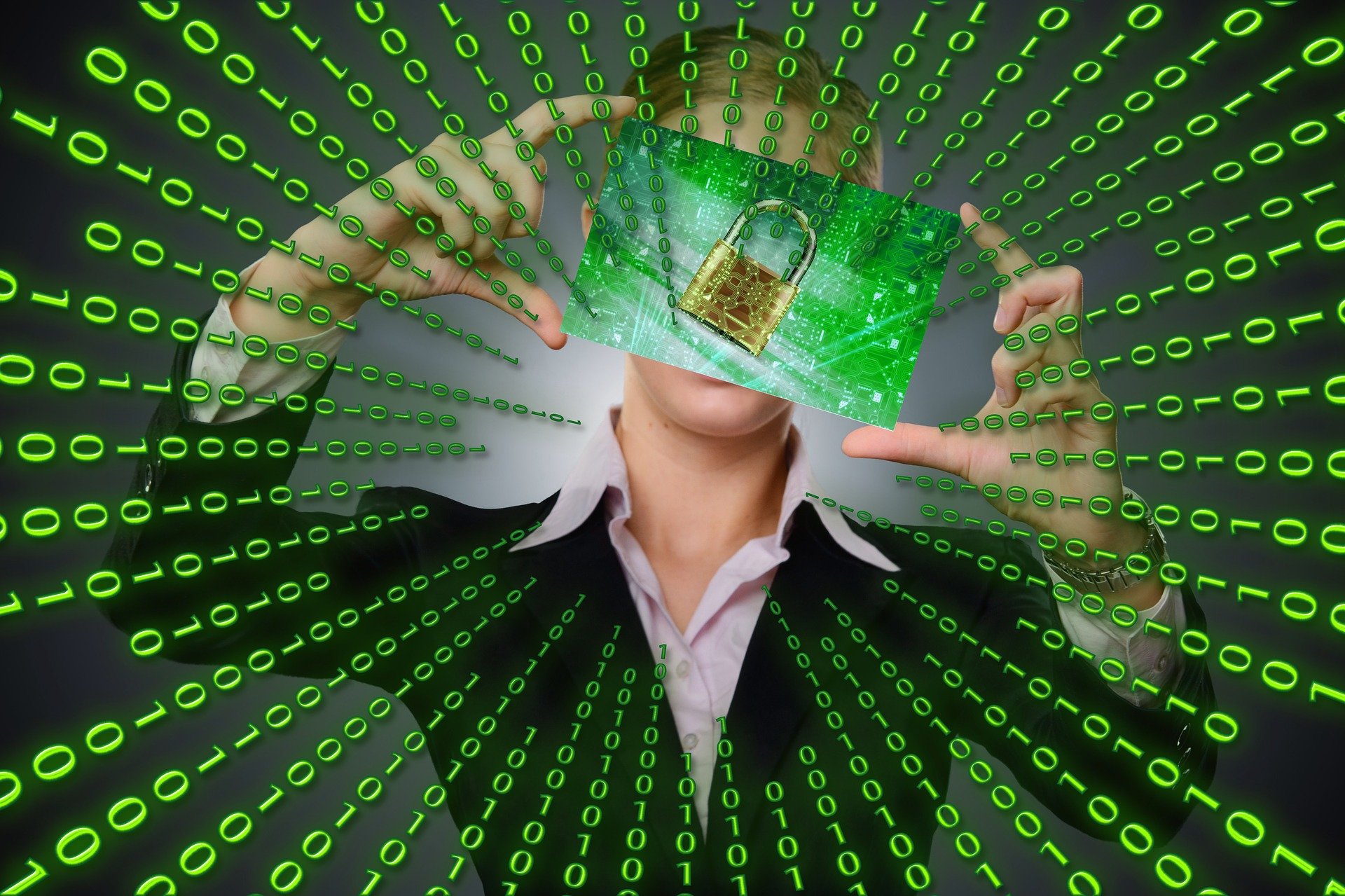The Dark Side of Social Media: Dealing with Cyberbullying and Harassment
Social media platforms have revolutionized the way we connect, share, and communicate. However, alongside the positive aspects, there exists a darker side of social media that can have severe consequences for individuals – cyberbullying and harassment. In this comprehensive guide, we will delve into the troubling issue of cyberbullying and harassment on social media, explore its effects, and provide strategies to cope and seek help.
Understanding Cyberbullying and Harassment
1. What Is Cyberbullying?
Online Aggression: Cyberbullying involves using digital platforms to repeatedly target and harm others emotionally.
Scope of Impact: The reach of social media can magnify the effects of cyberbullying, as hurtful messages spread quickly.
2. Types of Online Harassment
Trolling: Posting inflammatory or offensive comments to provoke reactions.
Doxing: Sharing private or sensitive information without consent.

The Toll of Cyberbullying
1. Emotional Consequences
Psychological Distress: Victims of cyberbullying often experience anxiety, depression, and even suicidal thoughts.
Isolation: The trauma caused by online harassment can lead to social withdrawal and isolation.
2. Academic and Professional Impact
Performance Decline: Cyberbullying can negatively affect academic or professional performance.
Future Prospects: Harassment incidents might impact college admissions or job opportunities.
Coping with Cyberbullying
1. Seek Support
Talk to Someone: Reach out to a trusted friend, family member, teacher, or counselor.
Helpline Resources: Utilize helplines and support groups specifically designed to assist victims of cyberbullying.
2. Protect Your Digital Space
Privacy Settings: Adjust your social media settings to control who can view and interact with your content.
Block and Report: Block and report harassers to prevent further contact and alert platform administrators.
Taking Legal Action
1. Document Evidence
Screenshots: Capture evidence of the cyberbullying, including dates and times.
Save Communications: Preserve any messages or interactions that may be used as proof.
2. Legal Steps
Local Laws: Research the cyberbullying laws and regulations in your jurisdiction.
Law Enforcement: If the situation escalates, consider involving law enforcement or legal professionals.

Creating Awareness and Promoting Change
1. Raise Awareness
Education: Educate yourself and others about cyberbullying and its effects.
Public Awareness Campaigns: Engage in or support initiatives that highlight the importance of combating online harassment.
2. Advocate for Change
Policy Advocacy: Advocate for stronger cyberbullying laws and regulations in your community.
Promote Positive Behavior: Encourage a culture of kindness, empathy, and respectful communication on social media.
Conclusion
While social media offers numerous benefits, it also harbors a dark side that can manifest as cyberbullying and harassment. The emotional toll and potential long-term consequences of these actions are significant. By understanding the issue, seeking support, taking protective measures, and promoting awareness, we can collectively work towards combating cyberbullying and creating a safer and more respectful digital environment.
Sources:
- National Bullying Prevention Center. "Cyberbullying." https://www.pacer.org/bullying/resources/stats.asp
- StopBullying.gov. "Cyberbullying." https://www.stopbullying.gov/cyberbullying
- Cyberbullying Research Center. "What Is Cyberbullying?" https://cyberbullying.org/what-is-cyberbullying
- National Center Against Bullying. "What Is Cyberbullying?" https://www.ncab.org.au/bullying-advice/bullying-for-parents/what-is-cyberbullying/
- Verywell Family. "The Effects of Cyberbullying on Children and Teens." https://www.verywellfamily.com/the-effects-of-cyberbullying-460548